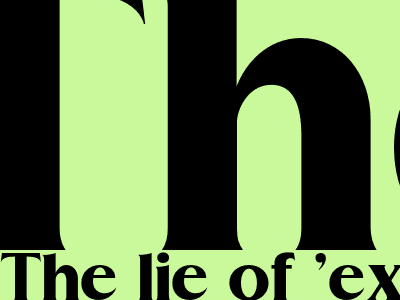
The Lie of 'Expired' Food: Understanding Food Labels and Reducing Waste
An In-Depth Exploration of Food Expiration Dates
Food labels play a crucial role in ensuring consumer safety and providing information about food products. However, the expiration dates found on food packaging often raise questions and can lead to confusion and unnecessary waste.
This article delves into the complexities of food expiration dates, exploring their significance, variations, and the reasons why they don't always indicate food spoilage. By understanding these concepts, consumers can make informed decisions about the safety and quality of their food, reducing waste and saving money.
Types of Food Expiration Dates
"Best By" or "Best Before"
These dates indicate the time by which the food is expected to retain its peak quality and flavor. After this date, the food may begin to lose its freshness, texture, or taste, but it is generally still safe to consume.
"Use By" or "Sell By"
These dates are more specific and indicate the last day that the food should be sold or consumed. They are typically used for perishable foods that have a shorter shelf life, such as meat, poultry, and dairy products.
"Expiration Date"
This term refers to the last date that the food is considered safe to consume. It is typically used for shelf-stable foods that have a longer shelf life, such as canned goods and packaged snacks.
Expiration Dates vs. Food Safety
It is important to note that expiration dates are not absolute indicators of food safety. Many factors can affect the shelf life of food, including storage conditions, handling, and packaging. Therefore, it is crucial to rely on additional indicators of food spoilage, such as changes in appearance, texture, or odor.
Reducing Food Waste
Understanding food expiration dates can help consumers reduce food waste by making informed decisions about the safety and quality of their food. By avoiding the misconception that "expired" food is unsafe, consumers can extend the shelf life of their food and save money.
Conclusion
Food expiration dates are valuable tools for providing consumers with information about food quality and safety. However, it is important to understand the different types of expiration dates and their implications. By relying on multiple indicators of food spoilage and making informed decisions, consumers can reduce food waste and ensure the safety of their food.